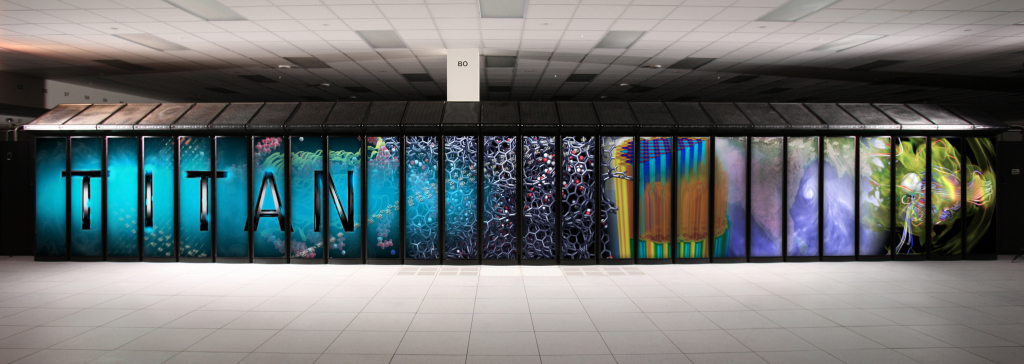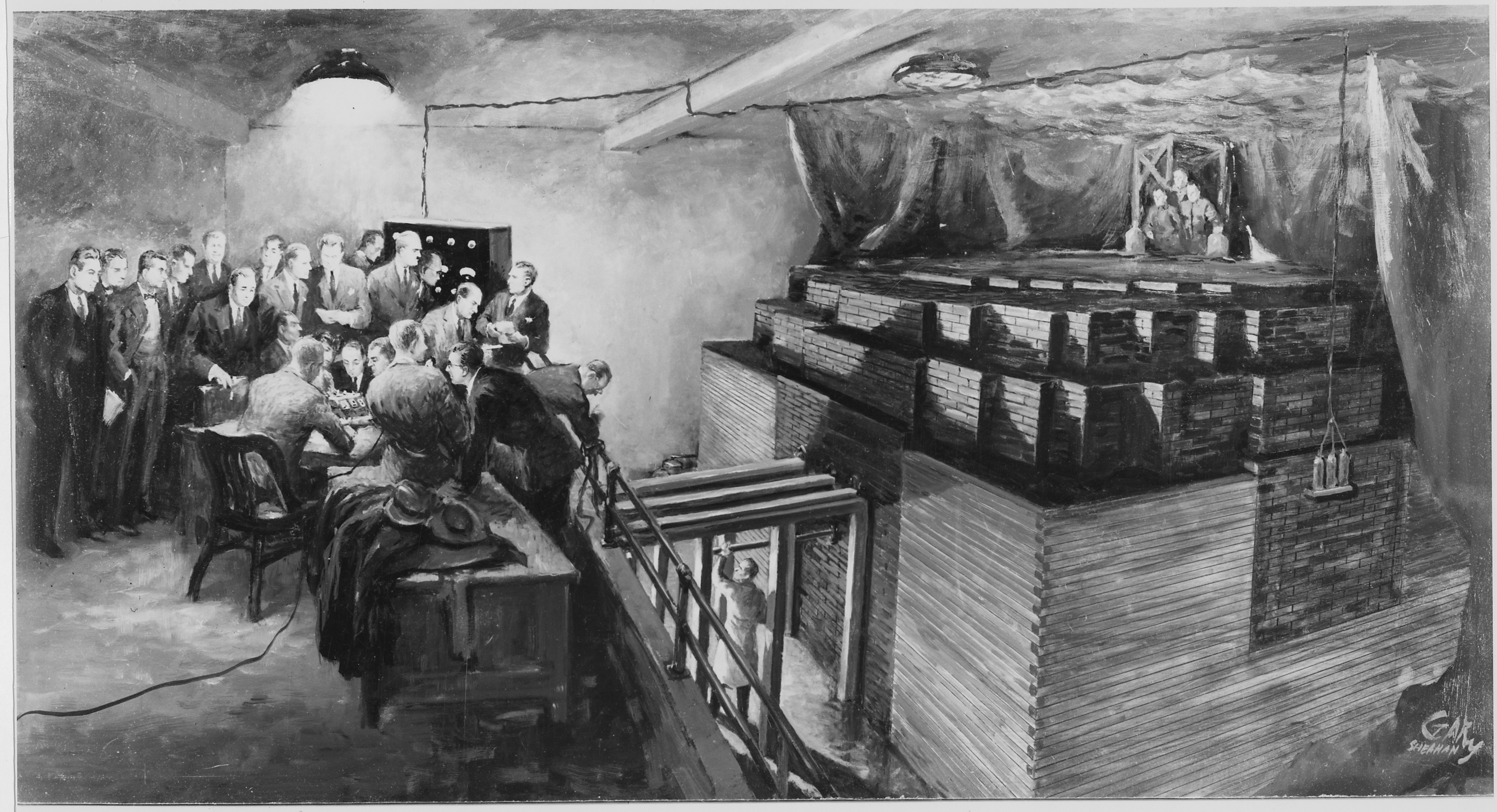By Katja Grace, 7 March 2016
This blog post summarizes recent research on our Global Computing Capacity page. See that page for full citations and detailed reasoning.
We recently investigated this intriguing puzzle:
FLOPS (then) apparently performed by all of the world’s computing hardware: 3 x 1022 – 3 x 1024
(Support: Vipul Naik estimated 1022 – 1024 IPS by February 2014, and reports a long term growth rate of 85% per year for application-specific computing hardware, which made up 97% of hardware by 2007, suggesting total hardware should have tripled by now. FLOPS are roughly equivalent to IPS).
Price of FLOPS: $3 x 10-9
Implied value of global hardware: $1014-1016
(Support: 3 x 1022 to 3 x 1024 * $3 x 10-9 = $1014-1016 )
Estimated total global wealth: $2.5 * 1014
(Support: see for instance Credit Suisse)
Implication: 40%-4,000% of global wealth is in the form of computing hardware.
Question: What went wrong?
Clues
Could most hardware be in large-scale, unusually cheap, projects? Probably not – our hardware price figures include supercomputing prices. Also, Titan is a supercomputer made from GPUs and CPUs, and doesn’t seem to be cheaper per computation than the component GPUs and CPUs.
Could the global wealth figure be off? We get roughly the same anomaly when comparing global GDP figures and the value of computation used annually.
Our solution
We think the estimate of global hardware is the source of the anomaly. We think this because the amount that people apparently spend on hardware each year doesn’t seem like it would buy nearly this much hardware.
Annual hardware revenue seems to be around $300bn-$1,500bn recently.1 Based on the prices of FLOPS, (and making some assumptions, e.g. about how long hardware lasts) this suggests the total global stock of hardware can perform around 7.5 x 1019 – 1.5 x 1021 FLOPS/year.2 However the lower end of this range is below a relatively detailed estimate of global hardware made in 2007. It seems unlikely that the hardware base actually shrunk in recent years, so we push our estimate up to 2 x 1020 – 1.5 x 1021 FLOPS/year.
This is about 0.3%-1.9% of global GDP—a more plausible number, we think—so resolves the original problem. But a big reason Naik gave such high estimates for global hardware was that the last time someone measured it—between 1986 and 2007—computing hardware was growing very fast. General purpose computing was growing at 61% per year, and the application specific computers studied (such as GPUs) were growing at 86% per year. Application specific computers made up the vast majority too, so we might expect growth to progress at close to 86% per year.
However if global hardware is as low as we estimate, the growth rate of total computing hardware since 2007 has been 25% or less, much lower than in the previous 21 years. Which would present us with another puzzle: what happened?
We aren’t sure, but this is still our best guess for the solution to the original puzzle. Hopefully we will have time to look into this puzzle too, but for now I’ll leave interested readers to speculate.
Added March 11 2016: Assuming the 2007 hardware figures are right, how much of the world’s wealth was in hardware in 2007? Back then, GWP was probably about $66T (in 2007 dollars). According to Hilbert & Lopez, the world could then perform 2 x 1020 IPS, which is 2 x 1014 MIPS. According to Muehlhauser & Rieber, hardware cost roughly $5 x 10-3/MIPS in 2007. Thus the total value of hardware would have been around $5 x 10-3/MIPS x 2 x 1014 MIPS = $1012 (a trillion dollars), or 1.5% of GWP.

- “In 2012, the worldwide computing hardware spending is expected at 418 billion U.S. dollars.” – Statista
Statista’s figure of ‘Forecast hardware spendings worldwide from 2013 to 2019 (in billion U.S. dollars)’ reports a 2013 figure of $987bn, increasing to $1075bn in 2015. It is unclear why these spending forecasts differ so much from Statista’s reported 2012 spending.
Statista also reports a prediction of 2016 hardware revenue at $409bn Euro, which is around $447bn USD. It looks like the prediction was made in 2012. Note that revenue is not identical to spending, but is probably a reasonable proxy.
For 2009, Reuters reports a substantially lower revenue figure than Statista, suggesting Statista figures may be systematically high, e.g. by being relatively inclusive:
“The global computer hardware market had total revenue of $193.2 billion in 2009, representing a compound annual growth rate (CAGR) of 5.4% for the period spanning 2005-2009.” – Research and Markets press release, Reuters,
Statista‘s figure indicates revenue of 296 billion Euros, or around $320 billion USD in 2009 (this is the same figure as for 2007, which may be the only number you can see without a subscription—so while it may look like we made an error here, we do have the figure for the correct year). This is around 50% more than the Research and Markets press release.
From these figures we estimate that spending on hardware in 2015 was $300bn-$1,500bn
- See our page on this topic for all the citations and calculations



I think it might be interesting to look at estimates both of Gross World Product and costs of hardware as of 2007. Is there a paradox as of 2007? If not, you can then look at how GWP and hardware costs changed since then and see if that trend line helps you find out at what point the estimates would start appearing paradoxical.
I added a rough estimate of both in 2007 at the end of the post. It doesn’t seem paradoxical then.
If I were to determine when the extrapolated figures started to appear paradoxical, what are you imagining I do with that information?